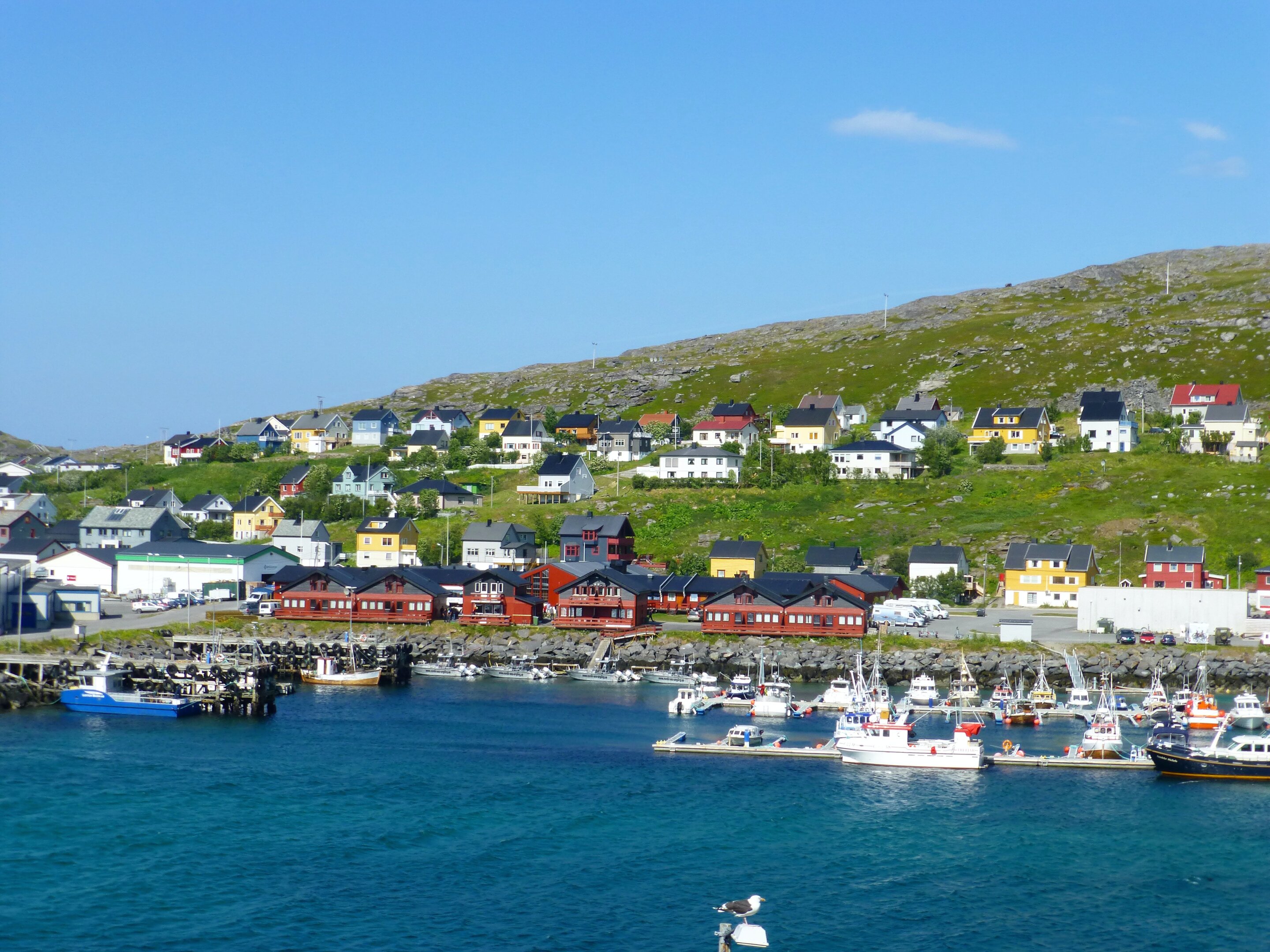Research team discovers microplastics on remote Arctic beaches with the help of tourists acting as citizen scientists. The widespread production of plastic has led to the presence of these small plastic fragments everywhere, including the Arctic. Scientists are concerned that ocean currents will cause plastic to accumulate in the Arctic region, causing damage to ecosystems. However, there is still incomplete knowledge about the scale and type of plastic pollution in the Arctic. In order to gather more information, researchers enlisted holidaymakers to collect samples during cruises in the hope of filling in some of the gaps in their knowledge.
“Plastic pollution is now ubiquitous. It is found on land, in soil, and in most rivers around the world,” said Dr. Bruno Walther of the Alfred Wegener Institute, Helmholtz Center for Polar and Marine Research, and author of the study published in Frontiers in Environmental Science. “It is even found in the polar oceans and the deepest ocean trenches.”
Plastic pollution spreads everywhere
The Svalbard archipelago, located in Europe’s northernmost region, is a beautiful and remote area that is at risk from microplastics transported by ocean currents. Four tourist cruises that visited Svalbard in 2016, 2017, 2021, and 2022 collected sediment samples. All cruises, except for the one in 2022, also surveyed macroplastic debris (between 2.5 and 10cm in size) for a different study. Initially, single samples were taken from beaches using simple metal tools and sent to the scientists along with metadata and photographs to record sampling locations. Later, this method was expanded to cover entire beaches with sampling grids.
“Even in remote Arctic beaches, citizen science is possible,” said Walther. “This approach helps reduce travel time, CO2 emissions, and costs for scientists, while also engaging citizens in a global environmental issue.”
The collected samples were dried, weighed, and measured. Each sample was then filtered to capture particles that were 1mm or larger in size. This threshold was selected based on the assumption that smaller particles are less likely to become airborne. To test this assumption, the scientists kept a bowl of purified water next to their workspace and filtered it after completing their analysis to search for microplastics. No microplastics were found to have drifted from the laboratory’s air into the water.
To prevent plastic contamination during the analysis, the scientists implemented measures such as running an air purifier, wearing cotton lab coats, avoiding synthetic clothing, and covering samples with aluminum lids. Identifiable plastic particles were examined under a microscope and analyzed using spectroscopy.
Warning signs of pollution
The researchers found that microplastics of the targeted size were not widely spread, but their concentration was high. The overall level of plastic pollution estimated in the area was comparable to areas that were previously believed to be more polluted than Arctic beaches. The samples revealed two specific sources of plastic pollution: polypropylene fibers, likely from fishing nets, and polyester-epoxide particles, likely from ship color coatings or equipment.
“Plastic debris from fisheries is the most direct source of marine pollution and is often particularly significant in remote areas,” said Dr. Melanie Bergmann, another author of the study. “There is an active fishing fleet operating in the waters surrounding Svalbard, as well as in the North Sea and the North Atlantic. Some of the waste they emit ends up on the beaches of Svalbard.”
The netting observed appeared to have fragmented quickly due to the conditions on the beach, including repeated freeze cycles, high humidity from fog, and up to 24 hours of sunlight a day during summer. If this rapid fragmentation occurs in other locations, it could introduce tiny microplastics into the environment at a fast pace.
“We still need more sampling in the Arctic, in different locations and at regular intervals, to monitor the situation,” added Walther.
“It should be noted that we only analyzed microplastic particles larger than 1mm,” cautioned Bergmann. “This was due to the citizen science approach and to prevent potential airborne contamination by small particles. However, our previous studies on Arctic water, ice, and sediment samples have shown that more than 80% of the particles were much smaller. So, if we had also looked for smaller particles, we would likely have found even more.”
More information:
Citizen scientists reveal small but concentrated amounts of fragmented microplastic on Arctic beaches, Frontiers in Environmental Science (2023). DOI: 10.3389/fenvs.2023.1210019
Citation:
Tourists help scientists reveal microplastic pollution on remote Arctic beaches (2023, July 21)
retrieved 21 July 2023
from https://phys.org/news/2023-07-tourists-scientists-reveal-microplastic-pollution.html
This document is subject to copyright. Apart from any fair dealing for the purpose of private study or research, no
part may be reproduced without the written permission. The content is provided for information purposes only.
Denial of responsibility! SamacharCentrl is an automatic aggregator of Global media. In each content, the hyperlink to the primary source is specified. All trademarks belong to their rightful owners, and all materials to their authors. For any complaint, please reach us at – [email protected]. We will take necessary action within 24 hours.

Shambhu Kumar is a science communicator, making complex scientific topics accessible to all. His articles explore breakthroughs in various scientific disciplines, from space exploration to cutting-edge research.


